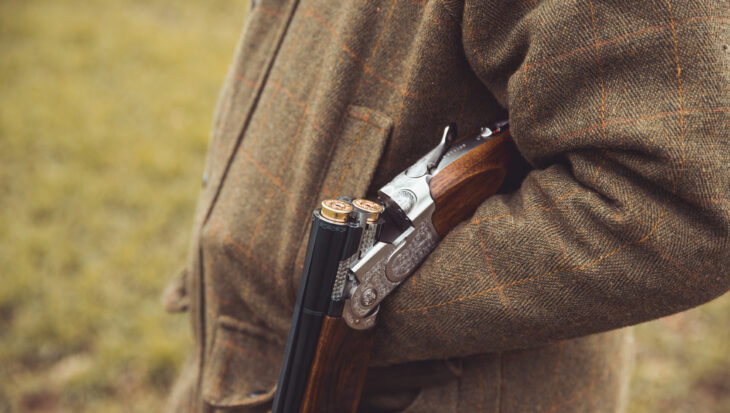Ban on the use of lead shot – finally!
Posted 10 Jul 2025

Posted on the 22nd March 2006
From The Guardian (21/03/06):
Their names were briefly recorded in the racing press, accorded much less prominence than stories about a jockey suffering a few bruises and a bookmaker getting robbed on the way home. In the wider world, the deaths of Bayard, No Where to Hyde, Holy Orders, Sh Boom, Basilea Star, Millenaire, Mr Babbage, Olaso and Buck Whalley prompted a few questions about the safety of the Cheltenham course, the promise of an inquiry into the circumstances surrounding the nine fatalities in the four days of the National Hunt festival, and a demand – predictable, some may say – from animal rights activists for an end to horse racing.
Bayard, a four-year-old American horse, was the first to die, after coming down at the third last in the final race on Tuesday, the opening day of the festival. On Wednesday it was the turn of No Where to Hyde, the mount of Tony McCoy, a faller at the final fence in the Coral Cup.
Thursday was the day of carnage. It began in mid-afternoon when Holy Orders pulled up two from home in the World Hurdle, and was found to have a broken cannon bone (shin) in his left hind leg; later that night Sh Boom, who had unseated his rider but carried on jumping and completed the course, was put down in the racecourse stables after the vet had discovered a rupture of the main blood vessels in his left quarters.
In the National Hunt Chase, three of the 22 starters died. Mr Babbage was the first, with a broken shoulder. Millenaire, the first of three victims from Jonjo O’Neill’s stables, broke his back. Basilea Star fell and died four fences from home. Half an hour later, in the Pertemps Final, Olaso, again with McCoy in the saddle, pulled up after fracturing an off fore cannonbone.
On the final day the Vincent O’Brien Handicap Hurdle produced the last of the nine fatalities when Buck Whalley fell at the second last and, after one kick of a leg, lay horribly still on the turf.
Cheltenham is a thrilling racecourse, its plunge to the final left-hander constituting one of the great tests and sights in sport. But is it unreasonably dangerous? After all, no horses had died in the previous eight days of racing on the course this year; most fatalities occur when firm ground encourages faster racing, but the going last week was good to soft. Edward Gillespie, Cheltenham’s managing director, said he could find “no pattern” to the deaths.
Andrew Tyler could see a pattern, all right. Tyler, whom I first met more than 30 years ago when he wrote about pop stars for the long-since defunct Disc and Music Echo, is the director of Animal Aid, which campaigns against fox hunting, pheasant shooting, badger baiting, angling, zoos, circuses and the fur trade. His was the voice heard calling for a ban on horse racing.
He believes that, as it is currently run, the sport exploits the animals, an argument that at one level might seem to be disproved by the insistence of the injured Sh Boom on running and jumping alongside his rivals until he had crossed the finish line. At another level, however, Tyler has a stronger case.
An Animal Aid report called Riding for a Fall attacks racing for the way it goes about the business of breeding, for the way it treats the horses during their lives, and for the way it disposes of those that fail to make the grade. The grotesque manipulation of the mares’ breeding cycles is one of its targets. Another, which might have more direct relevance to the events at Cheltenham, is a growing tendency to produce jump-racing horses from Flat-racing stock, trading an increase in speed for a decrease in the sort of physical ruggedness that used to characterise National Hunt competitors.
“In the old days they were hefty animals and they were given time and space in which to grow,” Tyler says. “Now they don’t have the bone mass and their skeletons aren’t as robust. Essentially they’re not up to the job.” And behind all this, as he points out, is an industry that makes many people very rich indeed.
You can read Riding for a Fall at www.animalaid.org.uk, and you can draw your own conclusions. As for me, I feel a bit less certain of the harmlessness of horse racing than I did a week ago.
Posted 10 Jul 2025

Temperatures are rising and it’s time to get outdoors, enjoy the weather and tuck into some delicious vegan food! Thanks to an abundance of plant-based options now available, there’s an alfresco option for every tastebud...
Posted 09 Jul 2025
